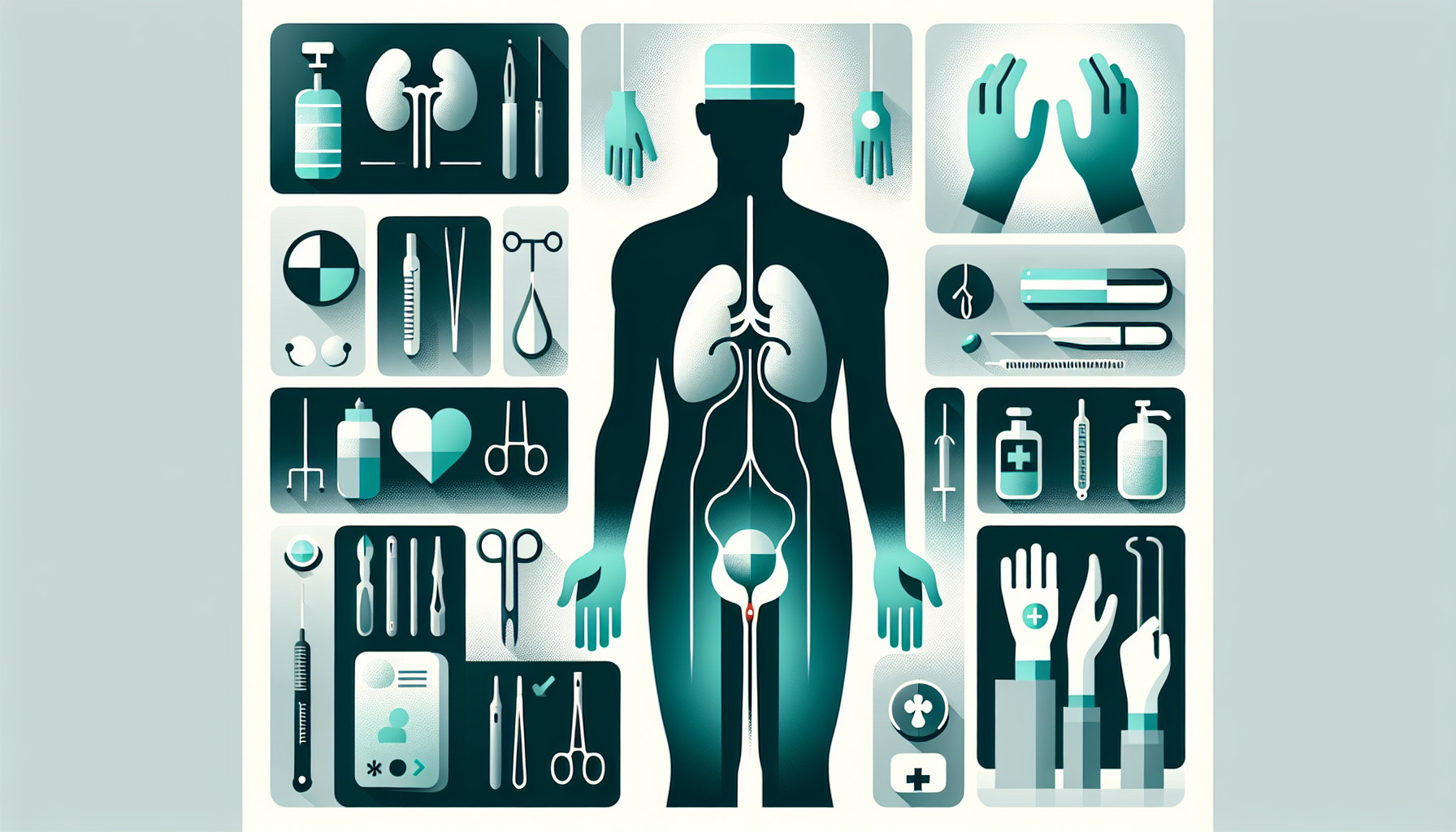Our Summary
This research paper discusses the use of software to help surgeons during minimally invasive kidney surgeries. The researchers wanted to understand what information surgeons need during such procedures, and when they need it. They did this by analyzing previous studies, and interviewing nine experienced surgeons. They found that there are three critical steps in the surgery where the doctors may need software assistance: managing blood vessels, removing the tumor, and repairing the kidney. They also identified 25 specific challenges within these steps. However, when they looked at existing software solutions, they found that they all focus on the first two steps, but none help with repairing the kidney. Therefore, the researchers suggest that future software should focus more on this last step. They also suggest that such software should pay more attention to the renal collecting system, which is a crucial part of the kidney.
FAQs
- What are the three critical steps in kidney surgery where software assistance may be needed?
- What did the researchers find when they analyzed existing software solutions for minimally invasive kidney surgeries?
- What areas do the researchers suggest future software should focus on for kidney surgeries?
Doctor’s Tip
A doctor may advise a patient undergoing nephrectomy to follow post-operative care instructions carefully, including taking prescribed medications, avoiding heavy lifting, and staying hydrated to support kidney function. They may also recommend regular follow-up appointments to monitor recovery and kidney function.
Suitable For
Patients who are typically recommended for nephrectomy include those with kidney cancer, kidney stones, kidney tumors, kidney infections, kidney damage, kidney cysts, and kidney trauma. Additionally, patients with severe kidney disease or end-stage renal failure may also be candidates for nephrectomy.
Timeline
Pre-surgery: The patient will undergo a series of tests and evaluations to determine if they are a suitable candidate for nephrectomy. This may include blood tests, imaging scans, and discussions with their healthcare team.
Day of surgery: The patient will be admitted to the hospital and prepared for the surgery. This may involve fasting, receiving anesthesia, and being taken to the operating room.
During surgery: The surgeon will make small incisions in the abdomen and use laparoscopic tools to remove the affected kidney. The surgery typically takes several hours.
Post-surgery: The patient will be monitored in the recovery room before being transferred to a hospital room. They may experience pain, fatigue, and discomfort in the days following the surgery.
Recovery: The patient will need to rest and gradually resume normal activities. They may need to follow a special diet and take pain medication as needed. Follow-up appointments will be scheduled to monitor their recovery and check for any complications.
Overall, the patient will experience a range of physical and emotional changes before and after nephrectomy, but with proper care and support, they can recover and lead a healthy life with one kidney.
What to Ask Your Doctor
- What are the potential risks and complications associated with nephrectomy?
- What is the expected recovery time after the surgery?
- Will I need any additional treatments or medications after the nephrectomy?
- How will the nephrectomy affect my kidney function and overall health in the long term?
- Are there any alternative treatments or procedures that could be considered instead of nephrectomy?
- How experienced are you in performing nephrectomies, and what is your success rate?
- Will I need to make any lifestyle changes or adjustments after the surgery?
- What is the post-operative care plan, and what symptoms should I watch out for that may indicate complications?
- How often will I need follow-up appointments after the nephrectomy?
- Are there any clinical trials or research studies related to nephrectomy that I should be aware of?
Reference
Authors: Joeres F, Schindele D, Luz M, Blaschke S, Russwinkel N, Schostak M, Hansen C. Journal: PLoS One. 2019 Jul 18;14(7):e0219920. doi: 10.1371/journal.pone.0219920. eCollection 2019. PMID: 31318919
